Description
Aniline: A Versatile Building Block in Chemistry and Industry
Aniline, also known as phenylamine or aminobenzene, is an organic compound with the formula C6H5NH2. This colorless, oily liquid, derived from benzene, plays a crucial role as a fundamental building block in a vast array of industries, from dye production to pharmaceutical manufacturing. Its simplicity belies its remarkable versatility, making aniline a cornerstone of modern chemistry.
Key Properties and Production:
Aniline is characterized by a benzene ring directly attached to an amino group (-NH2). This combination bestows upon it unique chemical properties, acting as both an amine and an aromatic compound. In its pure form, aniline is colorless, but it readily oxidizes in air, leading to a yellow or brown discoloration. It possesses a characteristic odor and is sparingly soluble in water but dissolves readily in organic solvents.
The industrial production of aniline primarily relies on two key processes:
- Nitration of Benzene followed by Reduction: Benzene is first nitrated with a mixture of concentrated nitric and sulfuric acids to form nitrobenzene. The nitrobenzene is then reduced, typically using iron filings and hydrochloric acid, to produce aniline.
- Reaction of Phenol with Ammonia: Phenol reacts with ammonia in the presence of catalysts to produce aniline.
Applications Across Diverse Industries:
Aniline’s significance stems from its widespread use in the production of various important compounds. Some of its most prominent applications include:
- Dye Industry: This is arguably aniline’s most historically significant application. It serves as a precursor for a multitude of dyes and pigments, contributing to the vibrant colors we see in textiles, plastics, and inks. Mauveine, a historical aniline dye, marked a turning point in the dye industry and paved the way for synthetic colorants.
- Polymer Production: Aniline is a key component in the synthesis of polymers like polyurethanes, used in foams, coatings, and adhesives. It is also involved in the production of rubbers and plastics, enhancing their strength, flexibility, and durability.
- Pharmaceutical Manufacturing: Aniline derivatives are utilized in the synthesis of numerous pharmaceuticals, including analgesics like paracetamol (acetaminophen) and local anesthetics. Its chemical structure allows for the creation of diverse medicinal compounds with targeted therapeutic effects.
- Agricultural Chemicals: Aniline-based compounds are used in the production of herbicides, pesticides, and fungicides, playing a role in modern agricultural practices.
- Other Applications: Aniline finds applications in various other areas, including the production of explosives, photographic chemicals, and as a solvent. It also serves as an intermediate in the synthesis of various organic compounds.
Safety Considerations and Environmental Impact:
While aniline is a valuable industrial chemical, it’s crucial to acknowledge its potential hazards. Aniline is toxic by ingestion, inhalation, and skin absorption. Exposure can lead to methemoglobinemia, reducing the blood’s ability to carry oxygen. Proper handling procedures, protective equipment, and adequate ventilation are essential to minimize exposure risks.
Environmentally, aniline can persist in soil and water, posing a threat to ecosystems. Responsible manufacturing practices and waste management are crucial to mitigate its environmental impact. Ongoing research focuses on developing more sustainable and environmentally friendly production methods.
The Future of Aniline:
Aniline continues to be a critical chemical intermediate with a wide range of applications. As technology advances, researchers are exploring new and innovative uses for aniline derivatives in fields such as advanced materials, electronics, and energy storage. The development of greener and more sustainable production methods is also a key focus, ensuring that aniline continues to contribute to industrial progress while minimizing its environmental footprint.
Conclusion:
Aniline, a seemingly simple aromatic amine, has profoundly impacted various industries. From its historical role in revolutionizing the dye industry to its contemporary applications in polymers, pharmaceuticals, and agriculture, aniline’s versatility has made it an indispensable chemical compound. By understanding its properties, applications, and safety considerations, we can harness its potential responsibly and pave the way for future innovations.

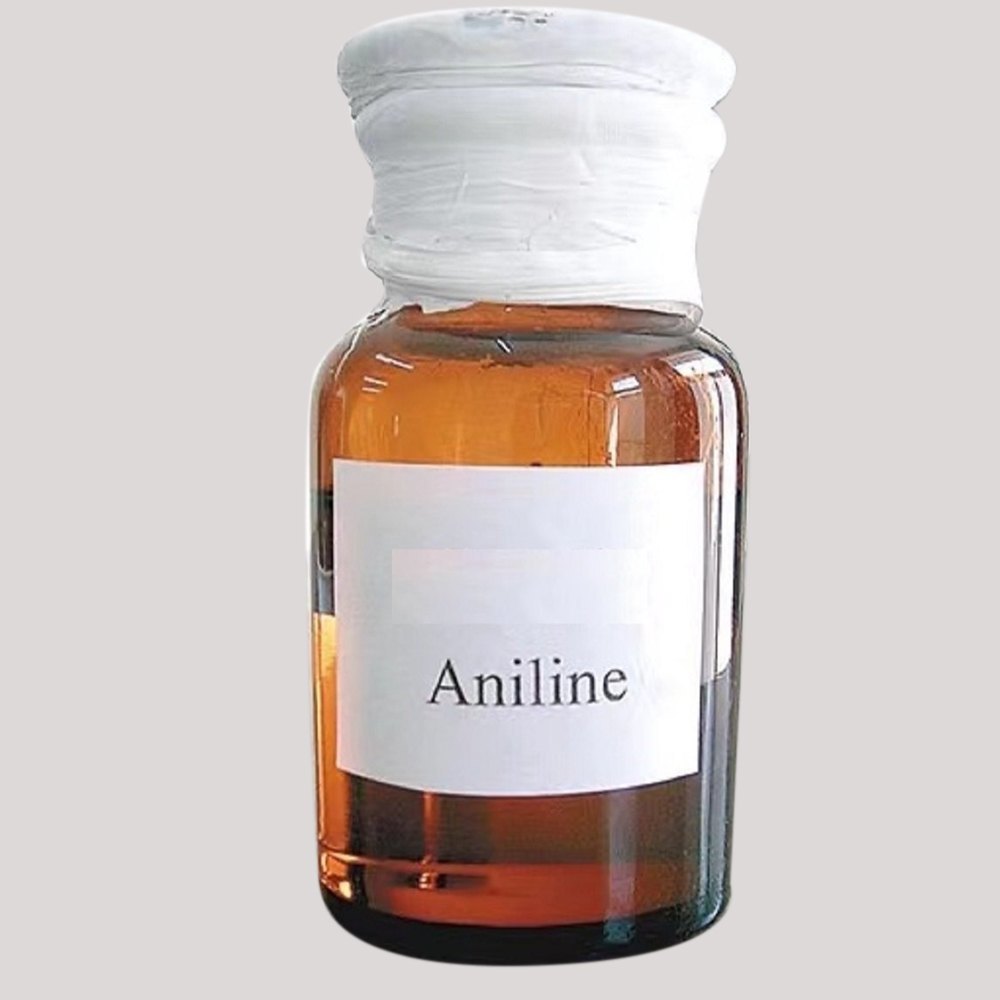


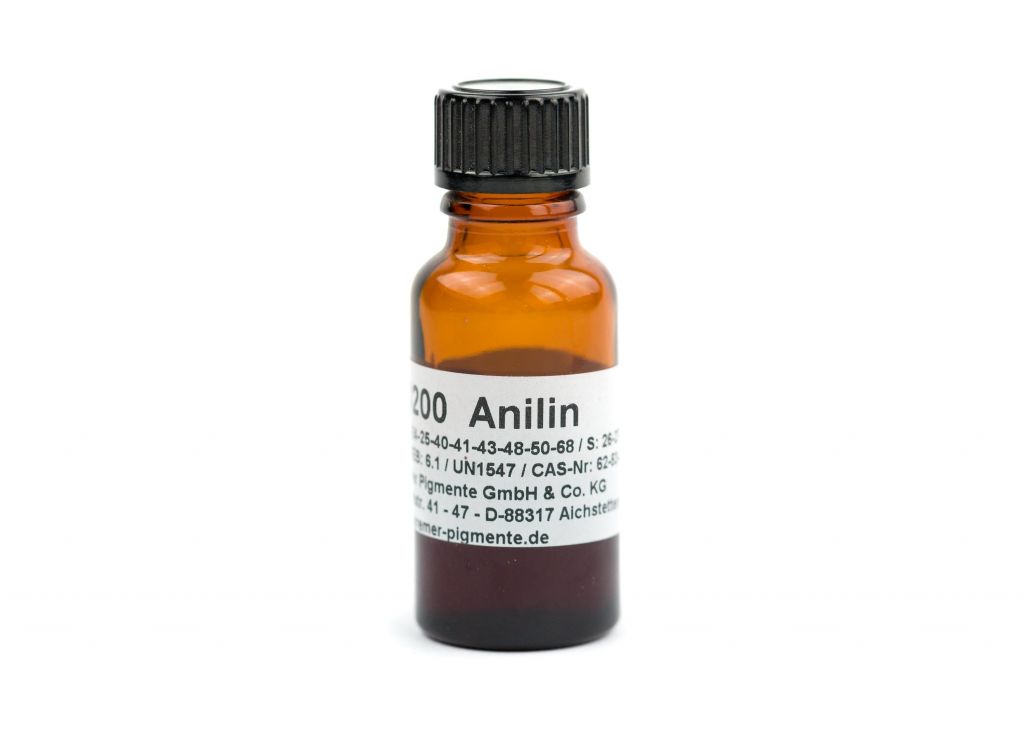


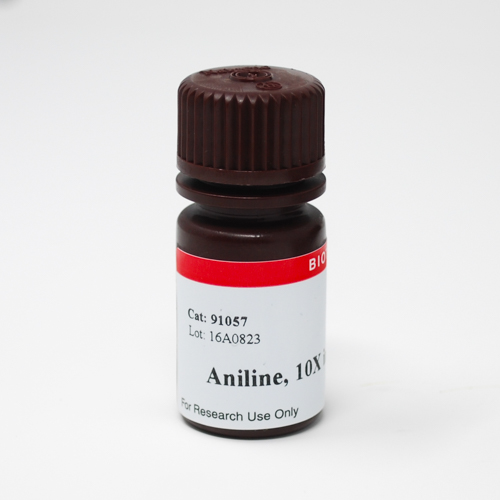

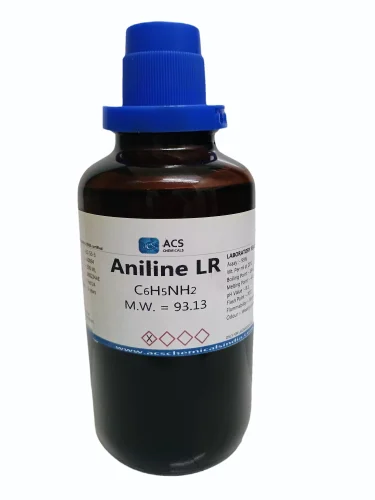
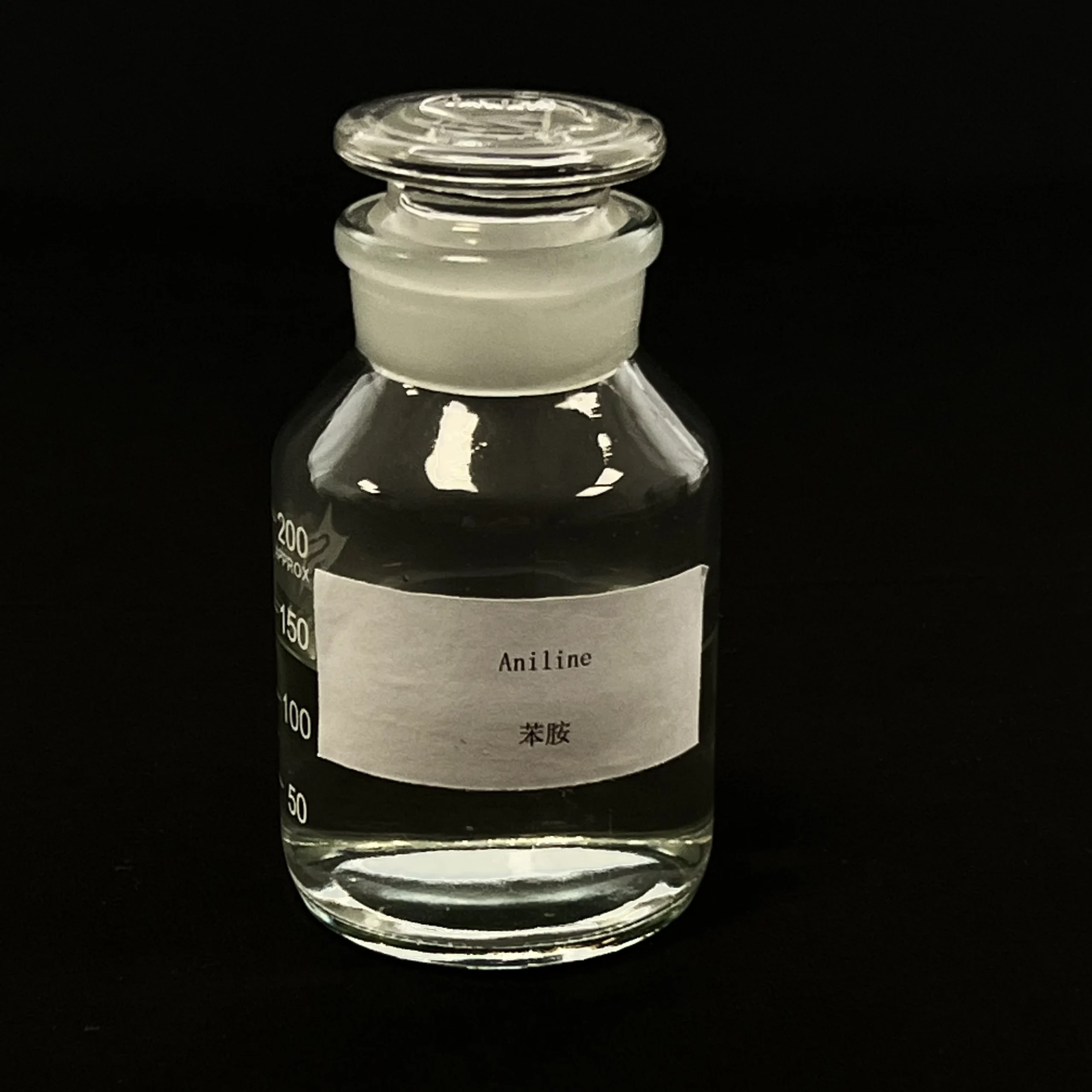



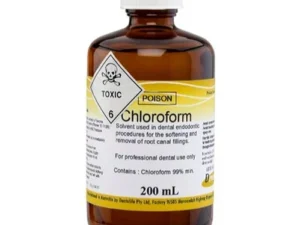


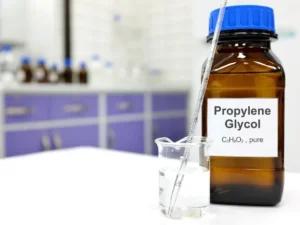
Reviews
There are no reviews yet.